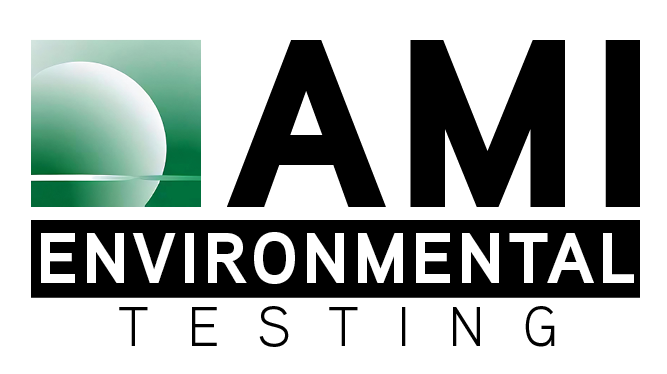Amidst the flurry of facility management responsibilities, carbon monoxide (CO) testing often slips under the radar. Yet, this seemingly minor oversight can have dire consequences, impacting not only the structural integrity of buildings but also the health and well-being of occupants.
Carbon monoxide, often dubbed the “silent killer,” is an odorless, colorless gas produced by incomplete combustion of fossil fuels. Inadequate ventilation, malfunctioning appliances, or faulty heating systems can lead to its accumulation indoors, posing severe health risks. From headaches and dizziness to more severe symptoms like nausea, unconsciousness, and even death, CO poisoning is a genuine threat that demands attention.
Large facilities, in particular, harbor various potential sources of carbon monoxide emissions. Boiler rooms, where heating systems operate round the clock, can be a hotspot for CO buildup if not adequately ventilated or maintained. Industrial processes utilizing combustion engines, such as generators or manufacturing equipment, also pose a significant risk. Even mundane office spaces with gas-powered appliances like stoves or water heaters can contribute to CO levels if not properly monitored.
Regular facility carbon monoxide testing is not merely a precautionary measure; it’s a lifeline and proactive stance toward ensuring indoor air quality and preserving human lives.
Beyond the immediate health risks, investing in CO testing aligns with broader environmental and sustainability goals. By identifying and rectifying sources of CO emissions, facilities contribute to reducing their carbon footprint and fostering healthier, more sustainable environments for future generations.
Carbon monoxide testing isn’t just another box to tick on the maintenance checklist; it’s a fundamental pillar of responsible facility management, prioritizing both human health and environmental well-being.



